Hho Garage Equipment for Cleaning Machine
Explanation of Current Situation:
After running 1-2 years (about 20,000 kilometers), the automobile engine will experience performance degradation to varying degrees:
Economic performance degradation, increased fuel consumption
Lack of power, difficult acceleration
Unsmooth starting, especially in cold weather
Excessive exhaust emissions
Increased noise levels
Engine oil turns black quickly or even slightly burned
The reasons for these issues can vary, but one important factor that should not be overlooked is engine contamination. Accumulated carbon prevents the engine from working properly and cohesively, leading to reduced overall performance and a loss of driving control. It also poses a hidden danger to safe driving.
Accumulated carbon inside the engine has a serious impact on its performance and reduces its service life. As we know, the three main factors that shorten engine life are corrosion, abrasion, and carbon buildup.
Engine oil should remain clean during normal maintenance periods. When approaching the oil change interval, it may become slightly dark, have moderate viscosity, and no visible impurities. However, if the oil becomes dark earlier, shows increased viscosity, and forms metal foam, it indicates contamination (also known as oil sludge) inside the crankcase. According to U.S. studies, emission-related costs account for about 2-12% over the entire vehicle usage period. Efforts to reduce harmful car emissions not only benefit society but also create economic value.
(Accumulated carbon can be removed by introducing special treated oxy-hydrogen into the car's engine air filter through a special hose. Start the engine and keep it idling while injecting the oxy-hydrogen at the same time. Depending on the car's displacement and level of carbon buildup, you can choose different air outlet options and durations. No chemical additives are used, and there is no harm to engine parts.)
The Harmful Effects of Carbon Deposition on Cars?
1. Lower engine performance
2. High oil consumption
3. Emissions exceed standards
4. Low speed and high noise
5. Combustion chamber detonation
6. Damage to pistons and crankshaft
7. Engine vibration
8. Weak driving performance
We are pleased to introduce a machine that functions like a money printer – the Engine Carbon Cleaner. This device is designed to remove accumulated carbon deposits in car engines. It represents one of the most recent technologies and business opportunities globally, and it has become extremely popular in countries such as China, Mexico, USA, Canada, Singapore, India, Malaysia, and more.
| Model | HHO 6.0 |
| Voltage(V) | Single/Three-phase 110V / 220 V (50-60) Hz ±10% |
| Rated Capacity(KVA) | ≤7.5 KVA |
| Water consumption(L/H) | 0.8 L/H |
| Environment temperature(T) | 40°C |
| Weight (KG) | 180 KG |
| Cleaning Times | 20 MIN |
If you clean 10 cars per day, you can earn $1000 per day, $30,000 per month, and $360,000 per year!!!
If you have two machines, three, four...
Kingkar company guarantees that your investment will be returned within one month. Otherwise, you can return the machine without any cost.
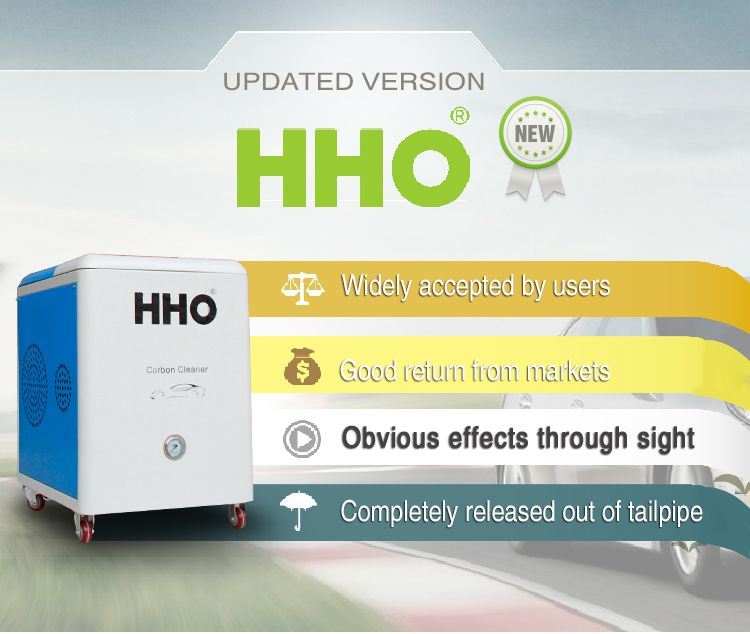
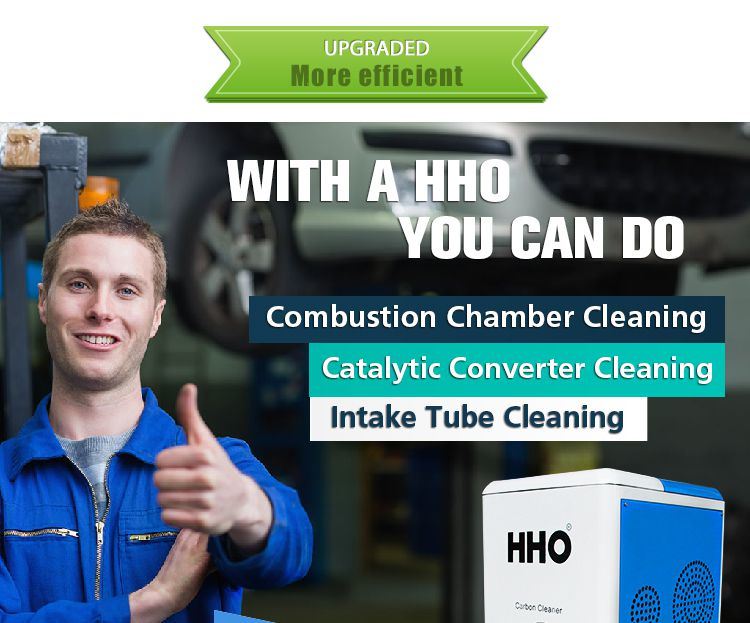
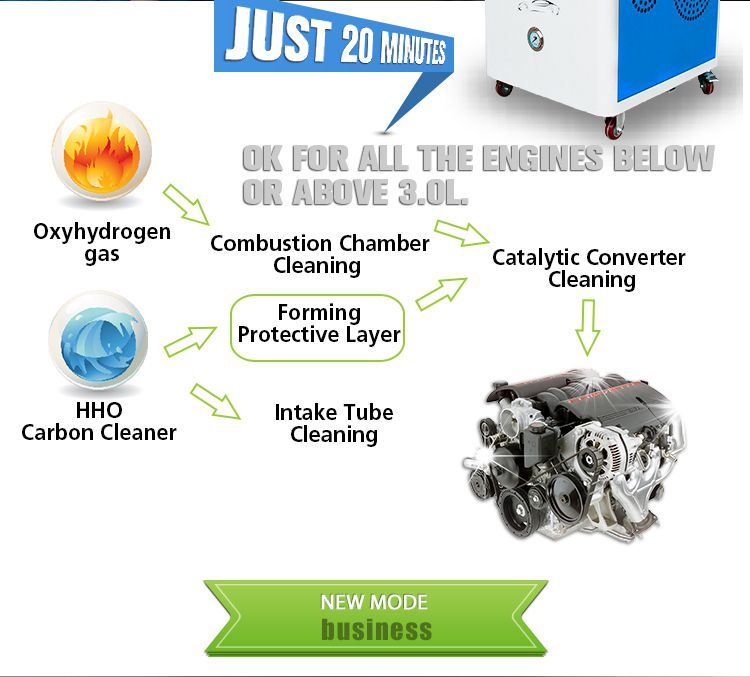
The Effect of Oxy-hydrogen Carbon Cleaning Service
1. Save fuel by 15% (Energy efficient)
2. Improve engine power by 20% (Good accelerator performance)
3. Reduce emissions by 72% (Achieving emissions testing standard)
4. Clean the exhaust pipe walls to improve power
5. Automatically repair oxygen sensors and catalytic converters, extending engine life
6. Flush sensors, extending the life of the oxygen sensor
After-Sale Service of HHO Oxy-Hydrogen Generator
-- 24-hour email support
-- 24-hour Skype support
-- Lifetime technical support
-- One-year warranty from the date of purchase
-- Half a year, other parts will be replaced free of charge (excluding human damage)
Welcome to contact us for further business cooperation.

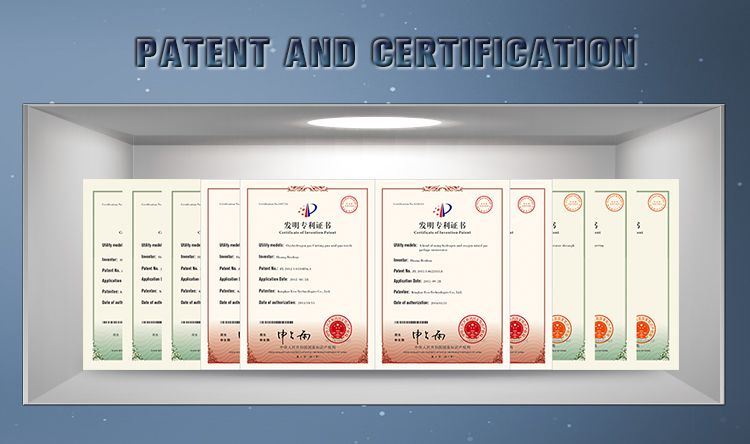
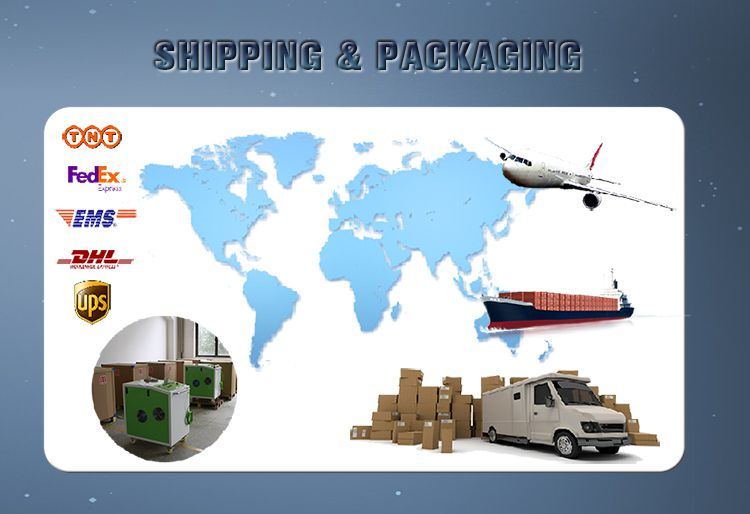
PVC Resin
PVC Resin is easy to process, and can be processed by molding, lamination, injection molding, extrusion, calendering, blow molding and other hollow methods. Polyvinyl chloride is mainly used to produce artificial leather, film, wire sheath and other plastic soft products, but also can produce plates, doors and windows, pipes and valves and other plastic hard products.
PVC Resin usually inculde carbide based and ethylene based. K66-K68 PVC RESIN, K59-K55 PVC RESIN, K71-K73 PVC RESIN. PVC RESIN SG5, PVC RESIN SG3, PVC RESIN SG8.
According to the different application scope, PVC can be divided into: general-purpose PVC resin, high polymerization degree PVC resin, and cross-linked PVC resin. General-purpose PVC resin is formed by the polymerization of vinyl chloride monomer under the action of initiator; high degree of polymerization PVC resin refers to the resin polymerized by adding chain extender to the vinyl chloride monomer polymerization system; cross-linked PVC resin is A resin polymerized by adding a crosslinking agent containing diene and polyene to the vinyl chloride monomer polymerization system.
According to the method of obtaining vinyl chloride monomer, it can be divided into Calcium Carbide method, ethylene method and imported (EDC, VCM) monomer method (the ethylene method and imported monomer method are commonly referred to as ethylene method).
According to the polymerization method, polyvinyl chloride can be divided into four categories: suspension polyvinyl chloride, emulsion polyvinyl chloride, bulk polyvinyl chloride, and solution polyvinyl chloride. Suspension process polyvinyl chloride is the largest variety in output, accounting for about 80% of the total output of PVC. Suspension method PVC is divided into six models according to absolute viscosity: XS-1, XS-2--XS-6; XJ-1, XJ-2--, XJ-6. The meaning of each letter in the model: X-suspension method; S-loose type; J-compact type.
Pvc Resin,Pvc Resin Powder,Pvc Resin Sg5,Pvc Resin K67
Henan Shunbang Chemical Industry CO.,Ltd , https://www.pvcresinchemical.com